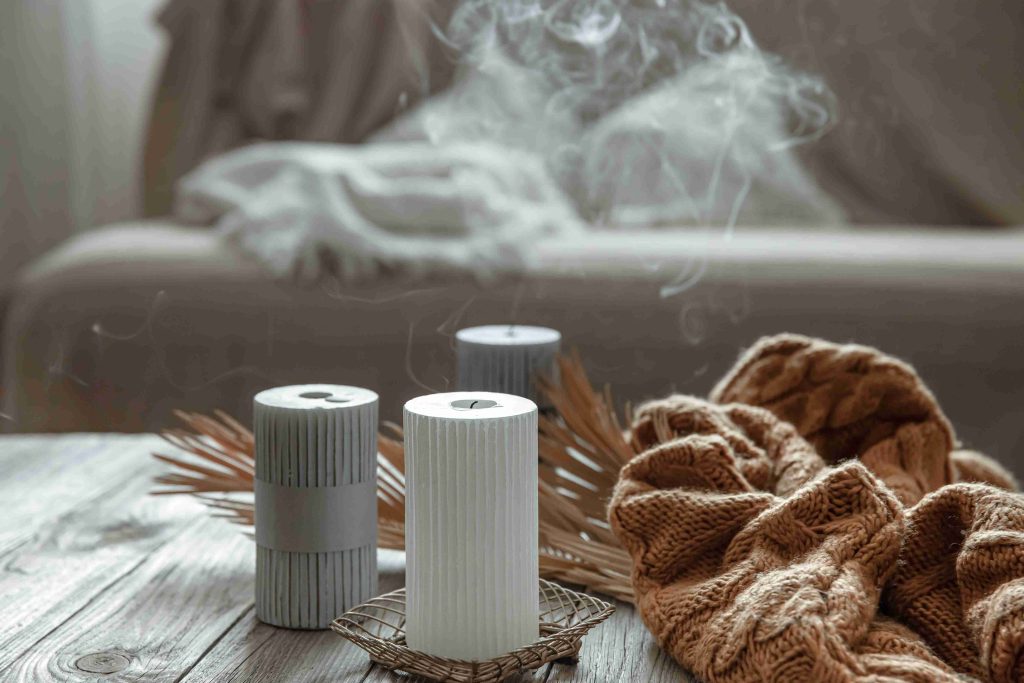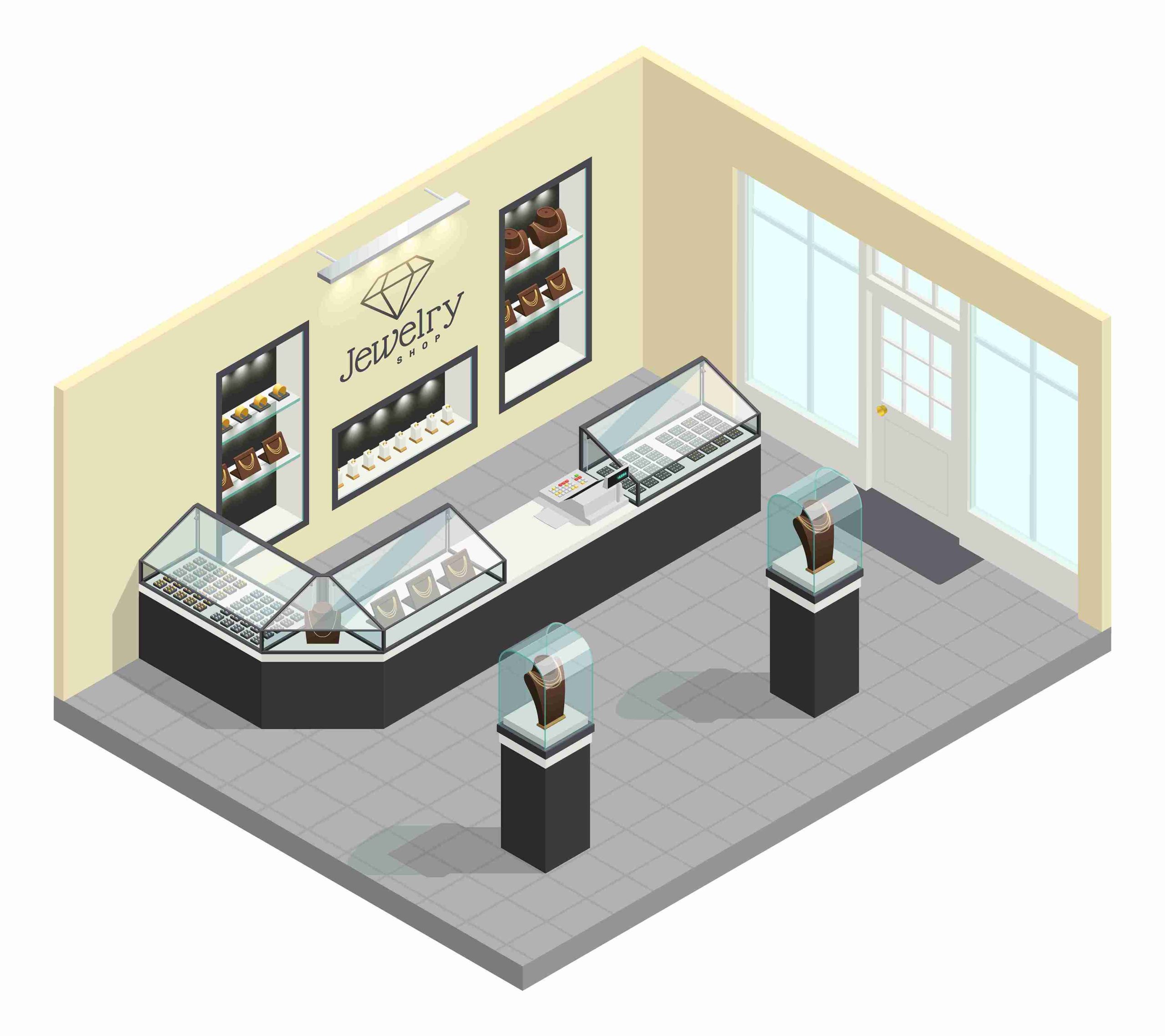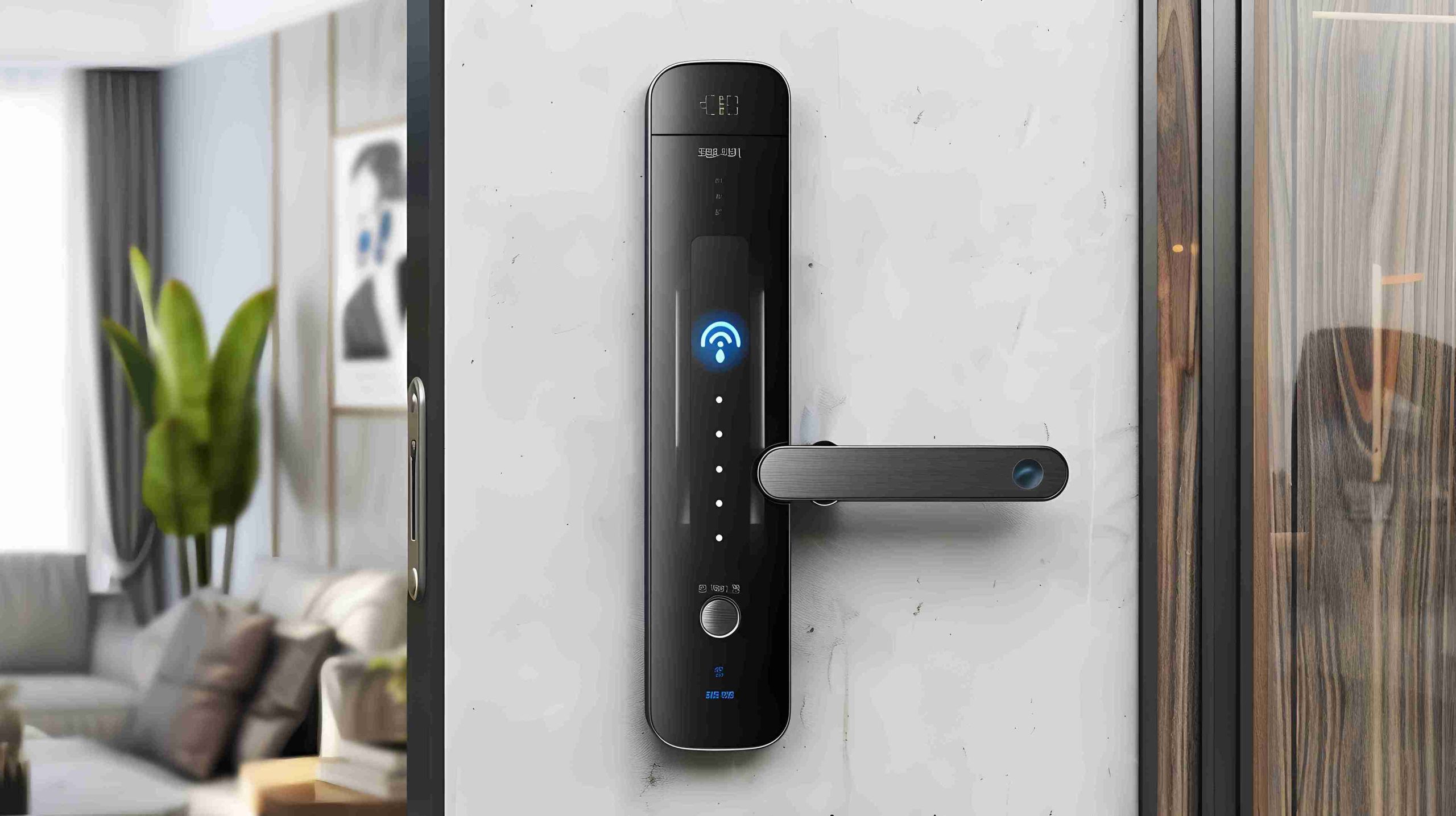Aesthetics in the contemporary home no longer focus on visuals only. The modern interior is a 360-degree experience, created to appeal to all senses with a perfect combination of traditions, innovations, and atmosphere. From the timeless elegance of white porcelain tableware to the calming allure of aroma diffuser fragrances, modern living spaces are curated to reflect both personal taste and emotional wellness.
Technology is behind this emerging dynamic between form and function, especially the interplay of design, scent, and materials. Artificial intelligence (AI) technology and digital printing changes the way we decorate, dine, and relax, adding cultural narration and the latest production techniques to legacy materials. The article is about the collaboration of porcelain, fragrance, and smart design to enrich lifestyle and upgrade home experiences.
The Appeal of White Porcelain Tableware in Modern Interior Design:
White porcelain tableware has long symbolized purity, elegance, and refinement. Even today it can be considered a sacred item in modern design as it can be easily combined with any theme, whether it is minimalistic Scandinavian interiors or more sophisticated Eastern aesthetics. Its sleek texture, smooth edges and neutral color give it a practical surface that can either be subtle or a silent statement on a well-set dining table.
Porcelain is valued not only by its look but also by its functionality: it is strong, thermo-shock resistant, and suitable both at the casual dinner and at the formal event. White porcelain pieces are usually selected by designers as a way of creating a sense of calmness, cleanliness and sophistication in the dining area. But the porcelain collections today are not only white.
As inkjet-printing porcelain has become more popular, in particular in the Color Glaze range, manufacturers are introducing rich, colorful cultural designs that borrow heavily on Middle Eastern and Central Asian motifs, all without losing the elegant essence that is white porcelain. This combination of tradition and hi-tech personalization produces the best of both worlds: beauty and technological accuracy.
Inkjet-Printed Color Glaze Tableware: Inspired by Middle Eastern and Central Asian Motifs
Introducing cultural art to ordinary items is not something recent, but the manner in which we do it has changed. Within the Color Glaze category of white porcelain tableware, advanced digital printing technology has made it possible to recreate intricate designs—like those found in Middle Eastern mosaics or Central Asian textiles—with stunning clarity and permanence.
These designs are not only aesthetically appealing but they are also presented in terms of centuries of tradition. With the help of AI, designers can scan, improve, and alter more traditional motifs and make them more modern and still maintain the cultural authenticity. These digital designs can be transferred to the porcelain surface using the inkjet-printing process, with color gradients, fine lines and complex shapes reproduced with a high degree of fidelity.
This combination of local craft and advanced technology has enabled tableware to go beyond functionality- it becomes significant. This level of personalization of porcelain provides consumers and designers alike with the liberty to combine the old and the new in a physical, everyday medium that is conscious of tradition but open to innovation.
How Artificial Intelligence Technology Enhances Porcelain Tableware Production?
Artificial intelligence (AI) technology has transformed ceramic production by allowing more intelligent and efficient production systems. In the realm of white porcelain tableware, AI applications ensure consistency, reduce waste, and improve the accuracy of intricate decorative patterns.
The AI systems can forecast firing results, control the temperature, and alter glaze composition during the process by means of material behavior analysis. The result of this predictive control is the reduction of defects, finishes, and energy efficiency. Pattern application AI is used alongside digital printing equipment to position detailed artwork on curved or irregular surfaces, correcting distortions and adjusting in real-time to the geometry of the product.
AI also brings about customization. Using the algorithmic design tools, manufacturers can create a variety of pattern variations using one cultural motif- they can create small runs or custom designs without a full retooling. Applied to inkjet-printed Color Glaze tableware, this AI combination leads to the production of personalized, high-quality goods that have the tactile beauty of porcelain and satisfy the aesthetic expectations of a diverse consumer market around the world.

Digital Printing Technology: Reinventing Color Glaze Tableware
Digital printing technology has transformed into a revolution in the ceramics industry and especially in making the Color Glaze tableware. As opposed to the conventional screen printing or hand-painting, the digital printing involves high resolution inkjet devices to print the ceramic pigments directly on the porcelain surface. This enables accuracy of use of complex and color schemes in scale.
The technique has a number of benefits: it has a quick turnaround, it is cost effective and it is unmatched in reproducing fine detail and gradient transitions. In the context of white porcelain tableware, digital printing enables vibrant overlays without compromising the underlying purity of the base material. It can be a gold-etched edge, a geometric mosaic, or a flowery pattern, which is based on the art of Middle East and Central Asia, but the end result is both long-lasting and artistic.
Moreover, digital printing reduces wastage- only the required pigment is used- and allows smaller printing runs, which allows the manufacturer to provide a greater variety of designs without the overstocking. It is particularly attractive in the age of customized home interiors when the buyers want to find personalization and cultural connection to the tiniest elements of their home.
Aroma Diffuser Fragrance: The Science of Scent in Dining and Living Spaces
While sight and touch often dominate design conversations, aroma diffuser fragrances are quickly gaining recognition as essential elements in modern home experiences. Studies on sensory psychology have revealed that smell is directly connected with memory, mood and emotional health. Fragrance blends or diffused essential oils can be used to relax, to focus or to socialize, and so they are ideal in dining areas and in relaxation areas.
Modern aroma diffusers are intelligent, programmable, and fashionable ones to fit into the home design. They can be put in a dining room, next to a well-designed table, or in a living area, and contribute to a multisensory atmosphere. This move toward “emotional interior design” is elevating how we think about home aesthetics, emphasizing the role of fragrance in daily life.
Conclusion:
In the evolving world of home aesthetics, the intersection of white porcelain tableware, aroma diffuser fragrance, and smart design exemplifies how tradition and technology can harmonize beautifully. Whether it is digitally printed cultural motifs, AI-enhanced production and multisensory dining experiences, innovation is not replacing heritage but enriching it.
The synergy of scent, style and tech, which is increasingly being used in homes, will keep defining the future of modern living, and it will provide this elegance that can reach both the senses and the soul.




